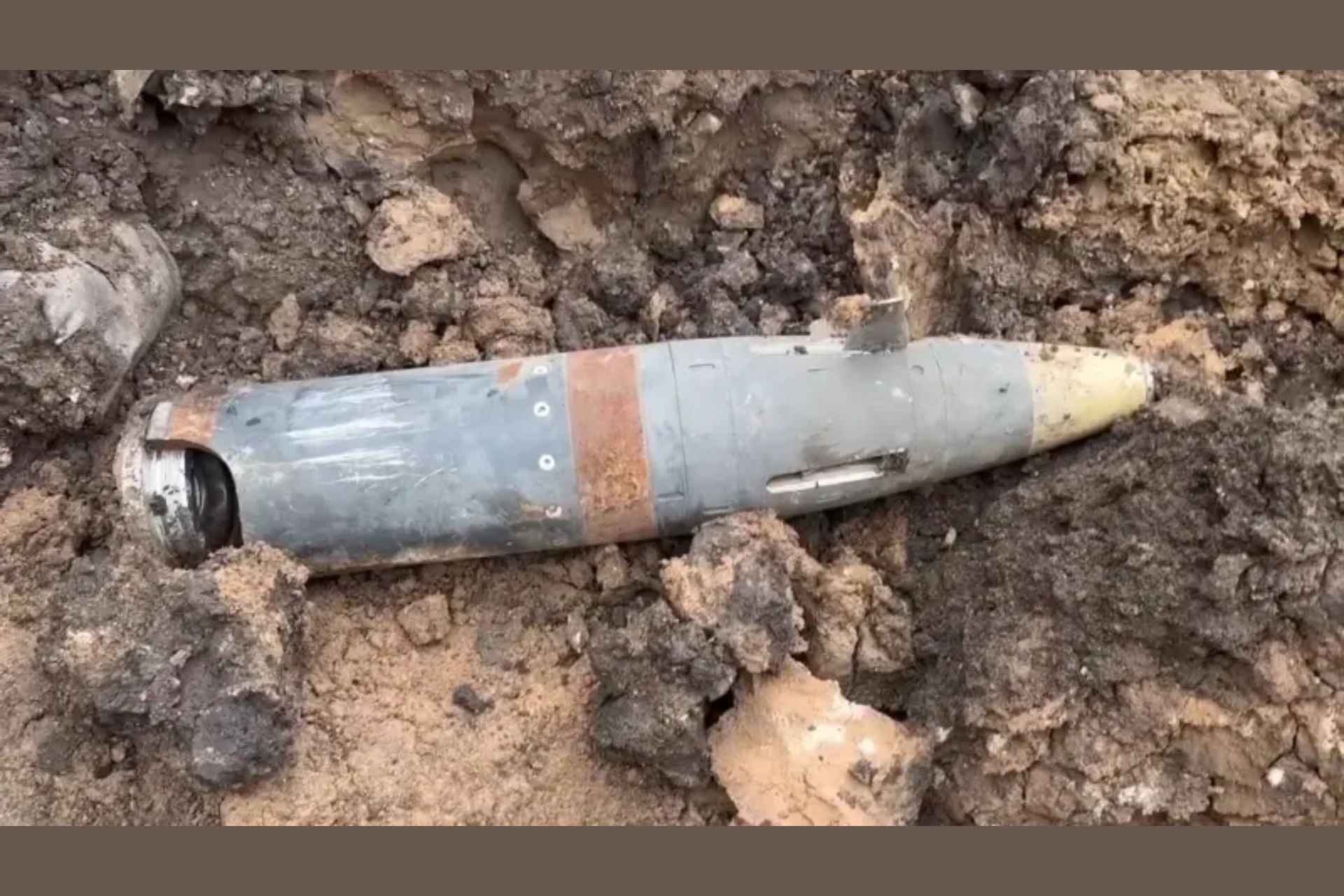Breaking news
Analysis : Gps Jamming key of russian operationnal capacities in Ukraine.
NATO countries is supplying Ukraine with a variety of high-precision weapons equipped with satellite-based guidance systems. This method of guidance has raised understandable doubts, and now they have been confirmed. Attempts to use weapons equipped with GPS receivers are encountering opposition from Russian electronic warfare systems, leading to a significant drop in the effectiveness of these Western models.

Russian Peroed-M jamming system (Picture source: Russian "СОЗ" Group of Companies)
The global navigation system GPS, based on a constellation of satellites, was commissioned in the early 1990s. It had obvious potential, and the Pentagon decided to equip all new types of weapons and equipment with satellite signal receivers. As a result, all modern precision weapons developed by the United States or NATO use GPS as their primary or secondary guidance tool.
Since 2022, the United States and its partners have been actively supplying such weapons to the Kyiv regime. Ukrainian units have been helped to amass a wide range of ammunition of different classes and types which, as expected, should have influenced the course of hostilities. Moreover, foreign partners and patrons of Kyiv have had the opportunity to test their weapons in a large-scale conflict against a technically advanced army.
In spring 2022, it was learned that several foreign countries would transfer 155 mm caliber M982 Excalibur guided artillery shells to Ukraine. Deliveries of these products began a few weeks after the first reports. The M982 projectile is equipped with satellite and inertial navigation devices, which, according to the manufacturer, provide an error margin of no more than 4 to 5 meters.
Soon, in the summer of 2022, the first M142 HIMARS launchers were sent to Ukraine. Later, their fleet was replenished, and standardized M270 MLRS products were also transferred. Alongside these combat vehicles, steerable missiles from the GMLRS family were supplied. They have a flight range of about 90 km and are equipped with a GPS-based guidance system, which is expected to provide an error margin of no more than 8 to 10 meters at any launch distance.
In spring 2023, Ukrainian armed forces received the first batch of JDAM guided aerial bombs. These products are built on the basis of free-fall munitions and are equipped with a special control module. This includes a satellite signal receiver and an autopilot that controls the flight. In early 2024, it was learned that similar French-made AASM bombs had been delivered. The GLSDB munitions, designed to be launched from the M142 and M270, are somewhat similar to the JDAM. It also relies on satellite navigation and is guided according to pre-entered coordinates.

Unexplosed M982 Excalibur (GPS-guided 155mm shell) (Picture source: Uxo oriented telegram channel )
Since 2022, foreign countries have supplied Ukraine with numerous unmanned aerial vehicles of different classes and types. Some of these were guided munitions and used GPS to guide them to the target. Other drones use satellite signals for navigation and flight.
From the beginning, the downside of GPS and similar systems was considered to be their low resistance to electronic countermeasures. A relatively weak signal from a satellite can be suppressed by interference or replaced by a false one. Negative expectations and predictions of this type were confirmed during combat.
From the first weeks or months of the special operation, Russian units used "anti-drone guns" of different models. Specialized portable jamming stations suppress GPS signals and small drones lose the ability to navigate and fly further. Fixed stations with similar functions, capable of simultaneously covering an entire area, also became widespread.
In 2022, reports began to arrive about the successful use of other electronic warfare systems against the guided weapons of Ukrainian formations. Initially, the enemy and its supporters did not admit it, but by the end of last year, the situation had changed. Foreign military personnel and the press began to discuss the Russian response and the reduction in the effectiveness of high-precision weapons.
The first messages from abroad last year contained the most general formulations. It was advanced that Russian electronic warfare does not allow the effective use of GMLRS, GLSDB, Excalibur projectiles, etc. Problems arise with aircraft weapons and drones.
In mid-March, more precise information was presented at hearings in the U.S. House of Representatives. One of the invited specialists highlighted that at the beginning of their combat use in Ukraine, Excalibur shells had an effectiveness of about 70%. When the Russian army began to resort to electronic warfare against them, the effectiveness fell to 6%.
Recently, the U.S. Deputy Secretary of Defense for Acquisition and Sustainment, Bill LaPlante, spoke at one of the public events. He stated that another American model was encountering problems with interference "and other factors," and that, as a result, its effectiveness had proven low. The deputy minister did not name this sample, but from some of his statements, it can be understood that it is the latest GLSDB missile.
Faced with this decline in the effectiveness of devices present in the Ukrainian theater, the United States has announced the deployment of complementary systems to GPS functions called HOJ (Homing On GPS). The number of products ordered has not been announced, and their total cost exceeds $23.5 million. The SARA HOJ subsystems are expected to be integrated into the JDAM kit, transforming a JDAM bomb into an aerial bomb capable of hooking onto radio signal sources and targeting them. These functions are primarily intended for searching and destroying electronic warfare stations.
To conclude, radar jamming also has serious consequences for civilian aviation. Indeed, Poland has complained of interference with the GPS system on its territory, and the European Union has reported over 1600 civilian commercial flights experiencing GPS problems in recent months. These issues are very localized in Eastern Europe.


























